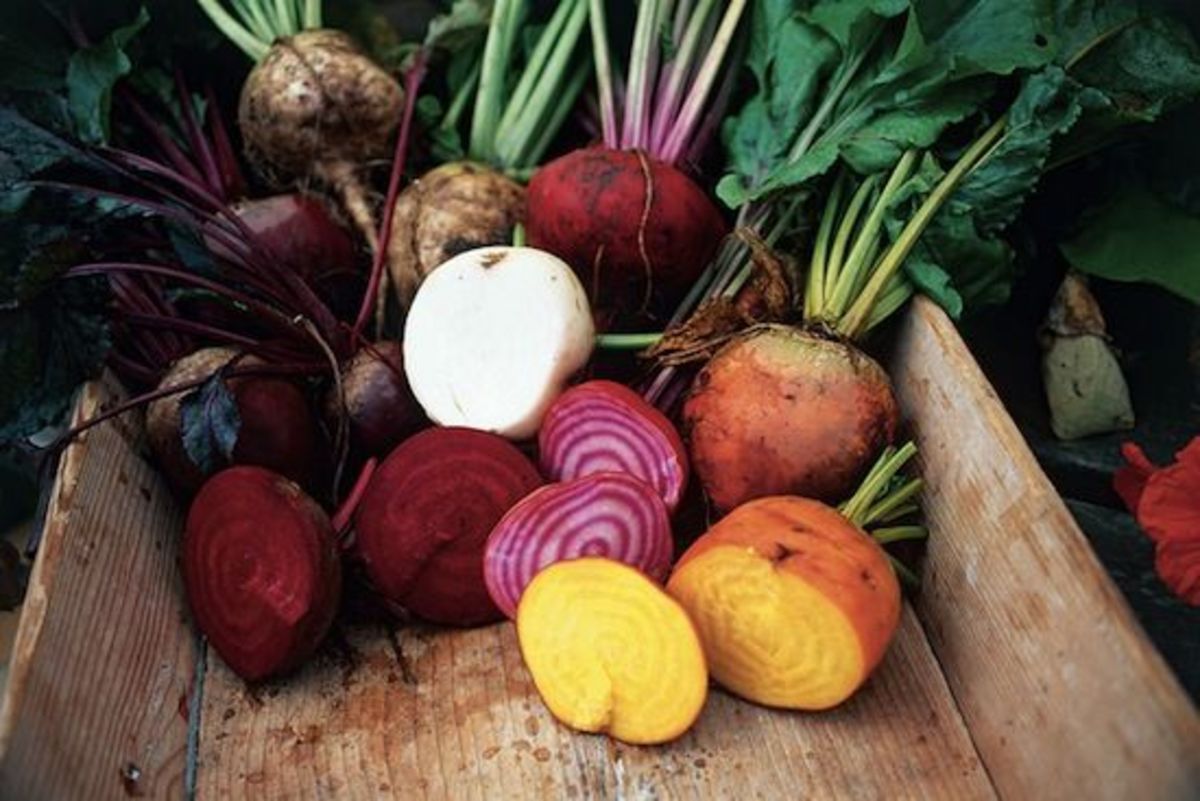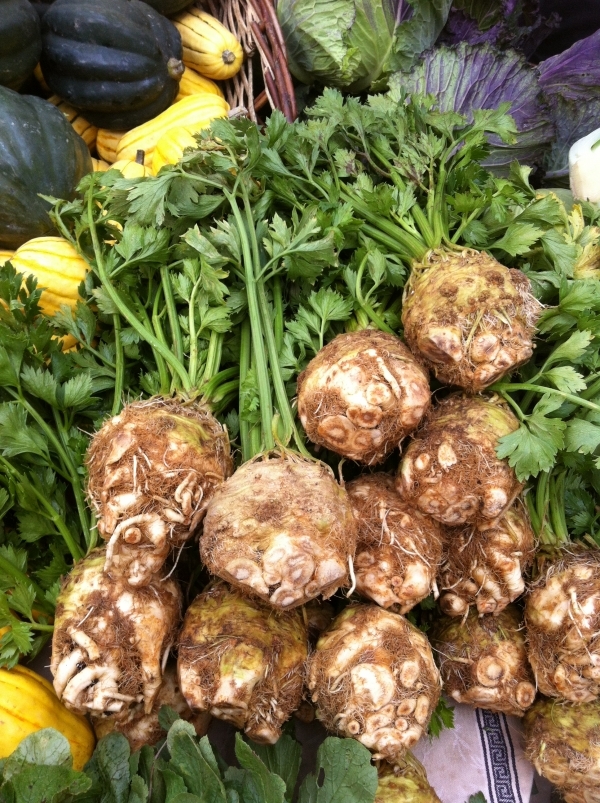

Potato is common in temperate and subtropical countries (Oregon State University.

In tropical countries, cassava, sweet potato, taro or gabi, yams, and arrowroot are stapled food crops. In contrast, the capacity of cereals is only about 1.5 tons (Kawakami, 1978). These crops are known for their high dry matter production, with a potential of 2.1 tons per hectare from underground storage organs. The orange-fleshed sweet potato is also well known as a rich source of beta-carotene, a precursor of vitamin A. However, taro (gabi) and yams contain up to 6% protein of good quality, and the potato tuber provides some minerals and vitamin C (Oregon State University, n.d.). Root crops and tuber crops have very high yield potential although their protein, mineral, and vitamin content are generally low compared to cereals. Starch occurs in plant tissues as starch grains and is composed of two polysaccharides, amylose and amylopectin (Carey, 1992 Devlin, 1975). With the aid of glycosidase enzymes, animals hydrolyze the starch to glucose. Starch is a storage product of photosynthesis and is a direct source of energy for animals. These organs are rich in carbohydrates and are commonly used as staples, livestock feed, or as raw materials for the production of industrial products such as starch and alcohol, or processed into various food products. The starchy root and tuber crops also called roots and tubers and tuberous crops, are plants that are grown for their modified, thickened root or stem which generally develop underground. When making the seed placement decisions to help protect your soybean crop it is recommended that you rotate your crop to prevent the rapid build-up of inoculum, and plant in fields with good drainage.Ĭlick here for more information on Phytophtora Root and Stem Rot.Root crops, tuber crops, and corm crops are special terms used to refer to specific types of farm crops collectively called root and tuber crops. Using a seed treatment like Warden CX not only sets your seedlings up for success it also provides extra protection against early season Phytophthora threats. Varieties like NK's 14-W6E3, 19-Y5E3, and 22-C4E3 are known for a strong resistance package to Phytophthora. How do you manage Phytophthora root and stem rot? By making the correct seed decisions, using a soybean seed treatment, and placing an importance on seed placement you can help reduce the risk of this disease. Symptoms on tolerant varieties may be restricted to root rot that results in hidden damage that may reduce yields.

In tolerant varieties, plants may be stunted but not killed. Plants are often killed in patches or in sections of rows.

The plant leaves turn yellow, wilt, and typically stay attached after plant death. What can you expect this to look like? In the mid to late season you can expect this to look like brown lesions that form on the roots, the roots can rot and degrade, and a dark chocolate-brown discoloration of the stem often extends from below the soil line upward into lower parts of the plant. weedy areas that may be the result of stand reduction earlier in the season fields that have been in no-till for a few years With the rain and warm weather we have had in our territory it has created favorable conditions for Phytophthora root and stem rot.įor disease scouting, you are most likely to find the disease in the following places: It can kill and damage seedlings and plants throughout the growing season from the time of planting nearly until harvest. Phytophthora root and stem rot is a significant disease in many areas where soybeans are grown.


 0 kommentar(er)
0 kommentar(er)
